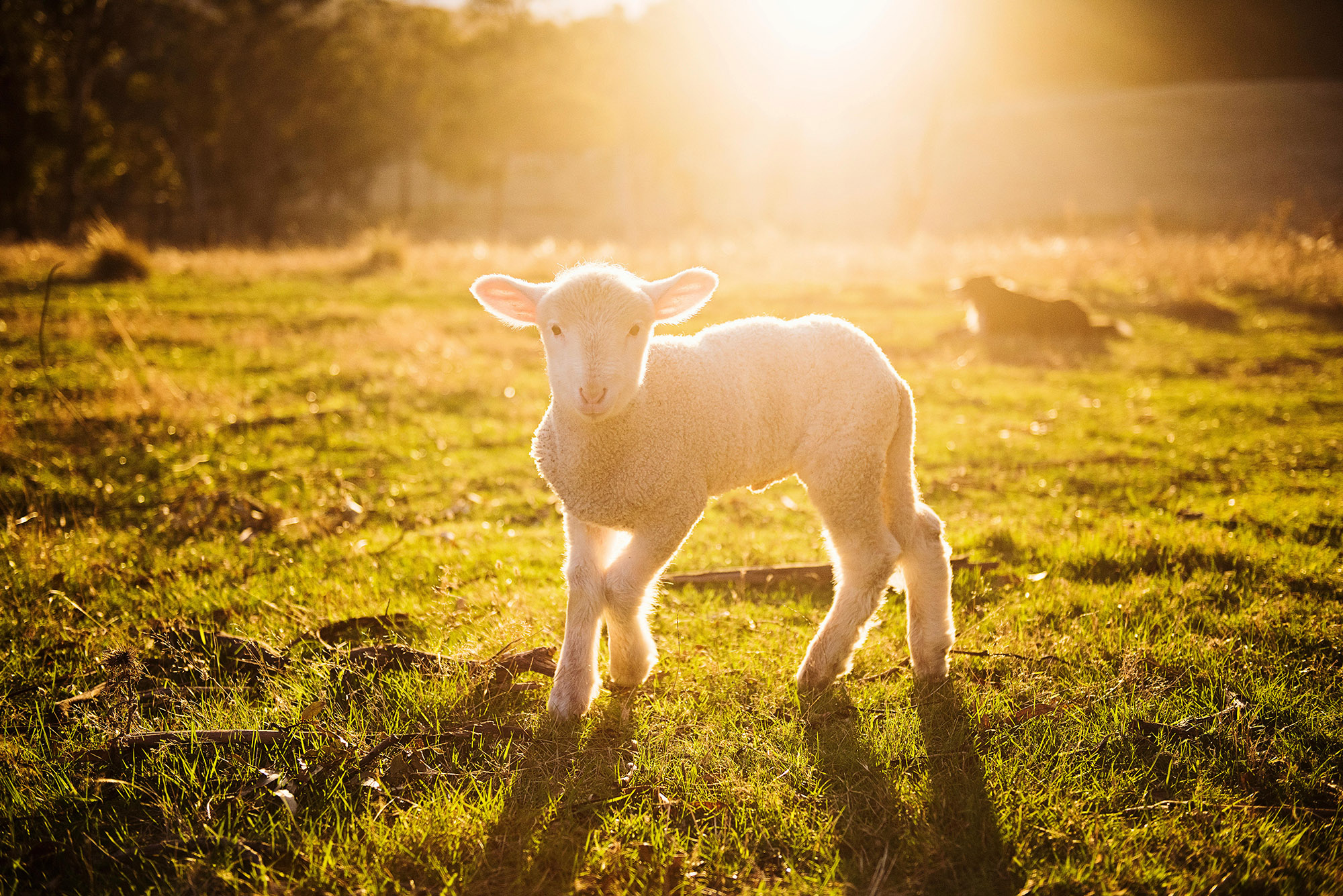Monday, July 15, 2024
CEEZAD scientists advance understanding of Rift Valley Fever phlebovirus reassortment in sheep
An article co-authored by the Director of the Center of Excellence for Emerging and Zoonotic Animal Diseases (CEEZAD, www.ceezad.org) and the Center on Emerging and Zoonotic Infectious Diseases (CEZID; https://www.k-state.edu/cezid/) describes the reassortment ability of the Rift Valley Fever virus in sheep.
The article was co-authored by Dr. Juergen A. Richt, Regents and University Distinguished Professor at Kansas State University and director of CEEZAD and CEZID. It was published in the May 30 edition of Viruses. Rift Valley Fever Phlebovirus Reassortment Study in Sheep - PMC (nih.gov)
 Other co-authors include Igor Morozov, Natasha N Gaudreault, Jessie D Trujillo, Sabarish V Indran, David A Meekins, Velmurugan Balaraman, In Joong Kim, Kinga Urbaniak, Sun Young Sunwoo, Bonto Faburay, Klaus Osterrrieder, Michelle D. Zajac, Vinay Sinjay, all of the Department of Diagnostic Medicine and Pathobiology at Kansas State University and CEEZAD, and William C. Wilson, of NBAF.
Other co-authors include Igor Morozov, Natasha N Gaudreault, Jessie D Trujillo, Sabarish V Indran, David A Meekins, Velmurugan Balaraman, In Joong Kim, Kinga Urbaniak, Sun Young Sunwoo, Bonto Faburay, Klaus Osterrrieder, Michelle D. Zajac, Vinay Sinjay, all of the Department of Diagnostic Medicine and Pathobiology at Kansas State University and CEEZAD, and William C. Wilson, of NBAF.
Rift Valley fever (RVF) in ungulates and humans is caused by a mosquito-borne RVF phlebovirus (RVFV). Live attenuated vaccines are used in livestock (sheep and cattle) to control RVF in endemic regions during outbreaks. The ability of two or more different RVFV strains to reassort when co-infecting a host cell is a significant veterinary and public health concern due to the potential emergence of newly reassorted viruses, since reassortment of RVFVs has been documented in nature and in experimental infection studies.
Due to the very limited information regarding the frequency and dynamics of RVFV reassortment, CEEZAD researchers evaluated the efficiency of RVFV reassortment in sheep, a natural host for this zoonotic pathogen. Co-infection experiments were performed, first in vitro in sheep-derived cells, and subsequently in vivo in sheep. Two RVFV co-infection groups were evaluated: group I consisted of co-infection with two wild-type (WT) RVFV strains, Kenya 128B-15 (Ken06) and Saudi Arabia SA01-1322 (SA01), while group II consisted of co-infection with the live attenuated virus (LAV) vaccine strain MP-12 and a WT strain, Ken06.
In the in vitro experiments, the virus supernatants were collected 24 hours post-infection. In the in vivo experiments, clinical signs were monitored, and blood and tissues were collected at various time points up to nine days post-challenge for analyses. Cell culture supernatants and samples from sheep were processed, and plaque-isolated viruses were genotyped to determine reassortment frequency.
The researchers’ results show that RVFV reassortment is more efficient in sheep-derived cells compared to sheep. In vitro, the reassortment frequencies reached 37.9% for the group I co-infected cells and 25.4% for the group II co-infected cells. In contrast, just 1.7% reassortant viruses from group I sheep co-infected with the two WT strains, while no reassortants were detected from group II sheep co-infected with the WT and LAV strains.
The results indicate that RVFV reassortment occurs at a lower frequency in vivo in sheep when compared to in vitro conditions in sheep-derived cells. Further studies are needed to better understand the implications of RVFV reassortment in relation to virulence and transmission dynamics in the host and the vector. The knowledge learned from these studies on reassortment is important for understanding the dynamics of RVFV evolution.